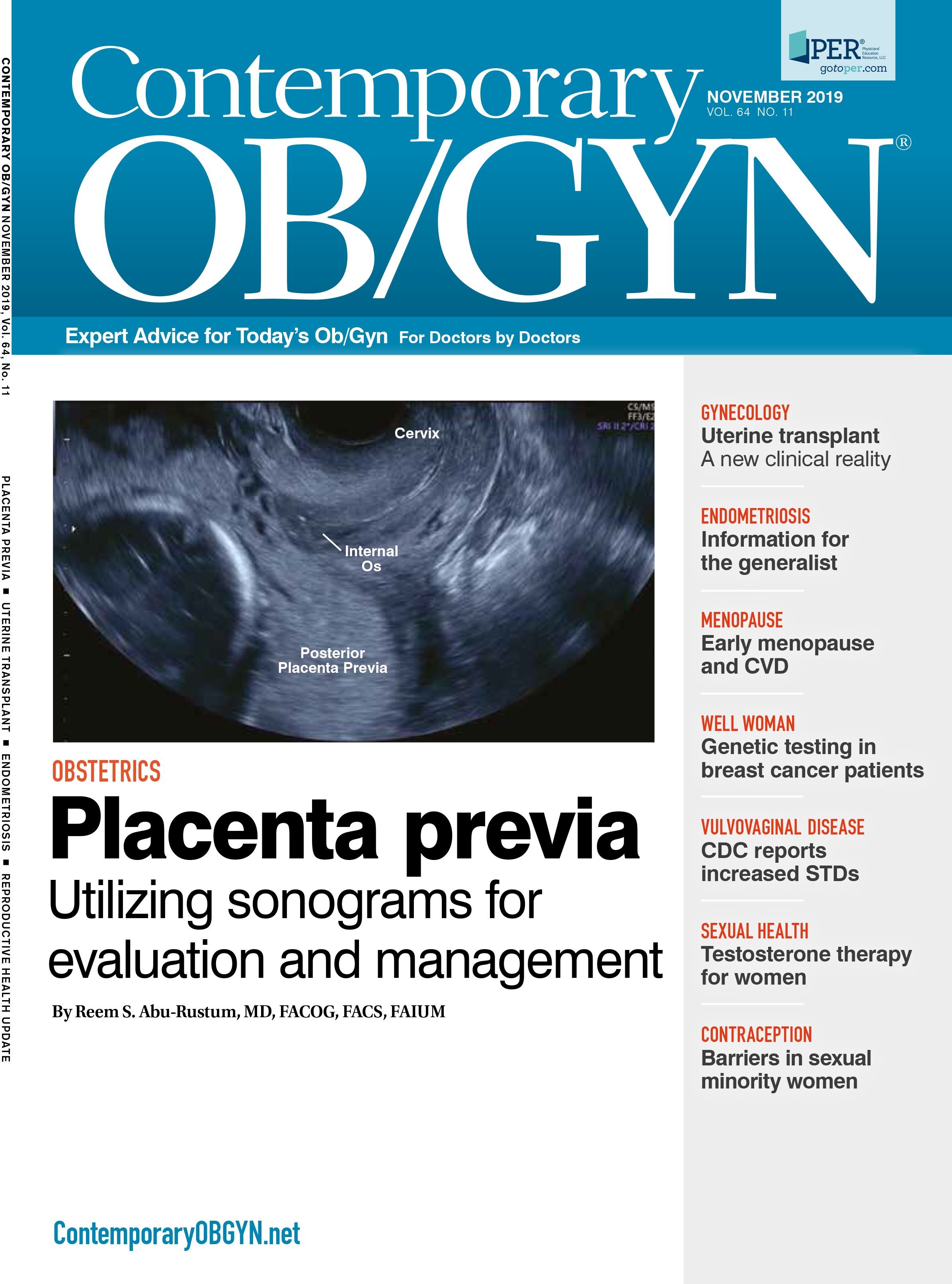Older women are consuming more alcohol
A new study indicates that binge drinking is becoming more prevalent among middle-aged women and clinicians need to do a better job of screening their patients for the condition.
©Africa Studio - stock.adobe.com

A new study indicates that binge drinking is becoming more prevalent among middle-aged women and clinicians need to do a better job of screening their patients for the condition. The results were presented at the North American Menopause Society 2019 Annual Meeting.
The study indicated that the male-to-female gender gap has been narrowing over the past century and binge-drinking and alcohol use disorder (AUD) are increasing more rapidly among middle-aged and elderly women, minorities, and the socioeconomically disadvantaged. Analysis of face-to-face surveys of approximately 40,000 US adults found that prevalence of any alcohol consumption over 12 months was 73% in 2012-2013, which represented an increase of 11.2% from 2001-2002. Furthermore, prevalence of high-risk drinking (4 or more drinks/day in women) was 12.6% in 2012-2013, representing a 30% increase over the decade.
The greatest change in high-risk drinking, however, occurred in women (58%) and in age groups 45 to 64 and 65 and older. Alcohol-related emergency room visits in the United States were also significantly higher in 2014 compared to 2006: 5.0 million vs 3.1 million, respectively. This increase was largely due to chronic alcohol consumption in women aged 45 to 65.
In case you missed it: How Often Do Pregnant Women Drink Alcohol?
While the authors note that the reasons for the increase in high-risk drinking are not completely understood, they suggest that the increase could be related to stress from work, stress from retirement, financial pressures, empty nest, or challenges associated with menopause. Further complicating the issue, depression is more common in women than men with AUD, and women are less likely than men to seek treatment for alcohol addiction. The authors also suggest that women can become addicted to alcohol with less exposure over shorter periods of time due to biologic factors because they have reduced gastric alcohol dehydrogenase, causing decreased alcohol first-pass metabolism which leads to higher blood levels of ethanol.
The authors believe these findings indicate a need for better screening of high-risk alcohol use and AUD in women, as well as identification and removal of barriers to treatment. However, more research is necessary to better understand the risk factors involved in excess alcohol consumption among women so that more effective prevention and treatment programs can be developed.

Importance of reproductive health services for adolescents during the COVID-19 pandemic
October 30th 2024In a recent study, high rates of reproductive health service use were reported among adolescent mothers, indicating the benefits of this model for providing care when other options are unavailable.
Read More
Increasing ondansetron use reported against NVP in the United States
October 29th 2024Despite being recommended as a third-line therapy, rates of ondansetron use to treat nausea and vomiting in pregnancy have increased, making it the most common prescription antiemetic against this condition in the United States.
Read More
Study finds high rates of incidental MRI findings in endometriosis cases
October 29th 2024A recent study highlights the frequent occurrence of incidental findings on pelvic magnetic resonance imaging for endometriosis, emphasizing the need for radiologists to focus on those with higher clinical significance.
Read More
